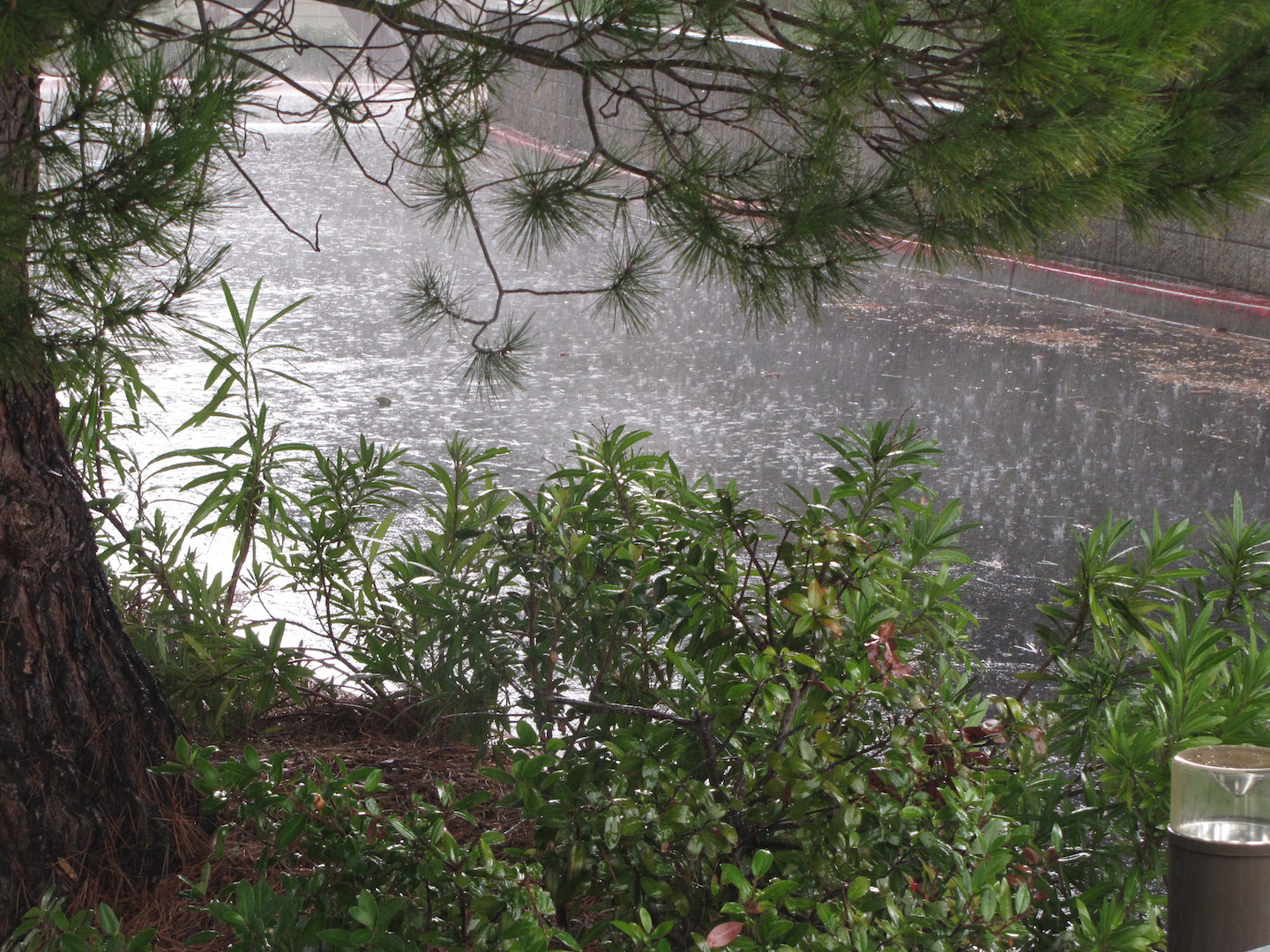“This has allowed the storm systems to actually have an entrance into central California and bring us rainfall.”
But experts are cautioning against too much optimism following just a little rain that, taking the long view, will have such scant impact on the state’s water shortage.
“Thursday it’ll rain, and people will say, ‘Oh, I’m very excited,’ and Saturday it’ll rain, and ‘Oh, drought’s over.’ Not even close,” says Jeffrey Mount, a senior fellow with Public Policy Institute of California focused on water policy and management. “This has been three consecutive years of extreme dryness, and that extreme dryness translates to much lower groundwater levels, and very dry soils. It’s going to take a lot of rain to break this drought.”
How much? Current estimates from the state Department of Water Resources say the state needs about 1.5 times the rainfall of an average year to break the drought.
Still, even an average year would revive wetlands that support migrating wildlife, boost river flows that are currently stressing aquatic life and begin to refill aquifers and reservoirs depleted over the dry years, Mount says.
As Mount sees it, the difference between a wet and a dry year in California is a razor’s edge, or about a week’s worth of storms scattered over the first two months of the year.
“It’s usually in that period between Christmas and mid-February — five to seven of those days — that decide whether we have a wet year or not,” Mount says. “And if we don’t get five to seven days worth of heavy rain, we have a dry year. We cut it that fine.”
That’s the time period that the West Coast storms can be carried by atmospheric rivers, which tend to dump a lot of moisture. But those storms, the kind that can turn a drought year into an above-average one for precipitation, don’t always come.
“If we don’t get any, or just get a few weak ones, we tend to be dry,” Mount explained in an email. “Indeed, 1997 and 1986 were major flood years that would have been labeled below average to dry if those prolonged atmospheric rivers (lasting days) had not occurred.”
So it’s much too early to tell whether the 2014-15 water year will be the fourth in a historic drought or the wet year that begins to turn things around. Long-term forecasts, which aren’t considered reliable, have begun to indicate more precipitation this winter.
“That’s at least a ray of hope,” says Mount, “and when it comes to rainfall, hope is our strategy.”

